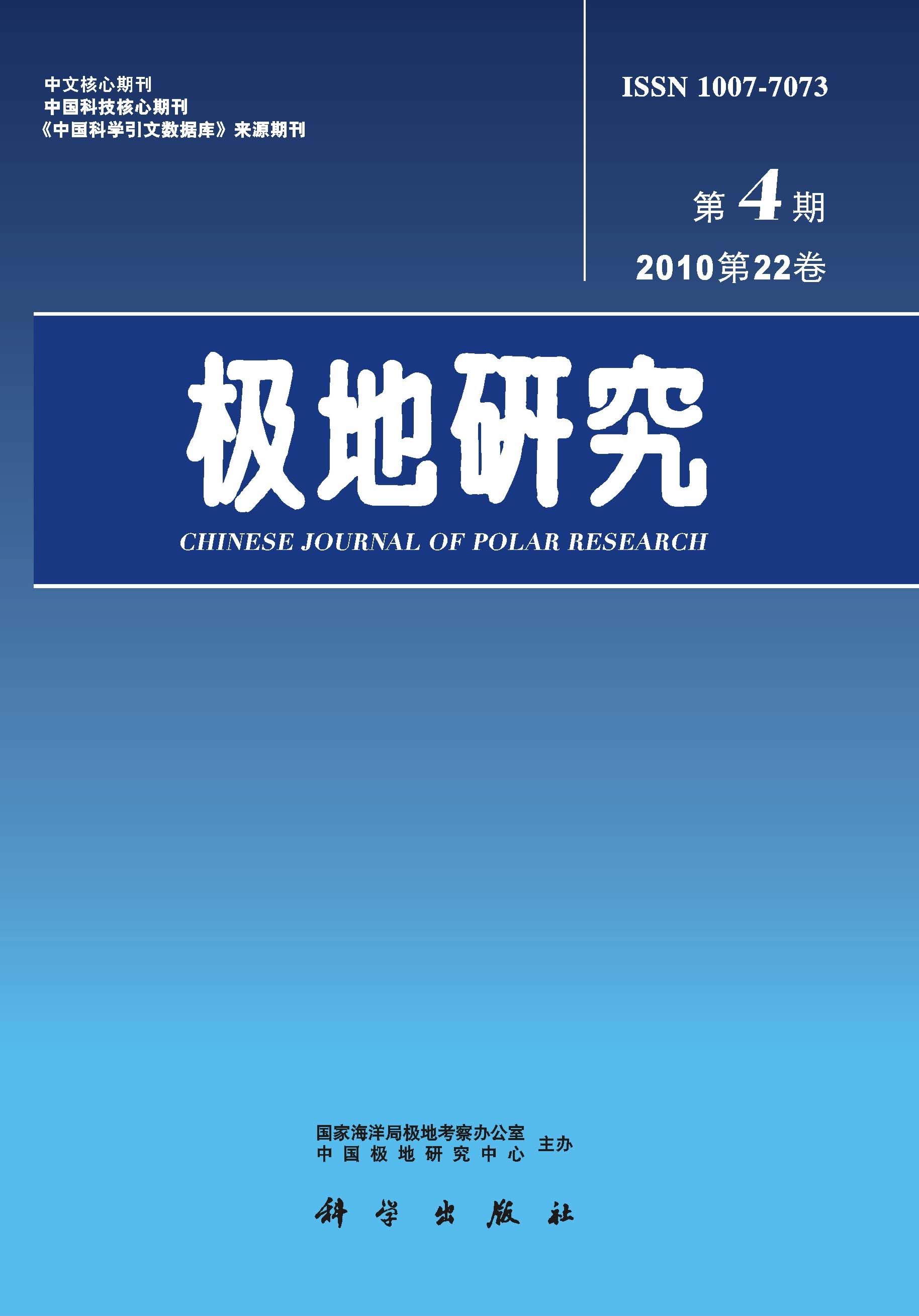The geochemical impurities in polar snow and ice can provide information on local or global climate and environment (including human activities, biosphere, volcanic activities and so on) in the past, This paper discusses environmental geochemical indexes, such as, major ions, microparticles as well as the factors that influence their distribution with space and time. The chemical impurities deposited in polar snow mainly include Na + , K + , Ca 2+ , Mg 2+ , Cl - , NO 3 -, SO 4 2- and CH 3SO 3 - , as well as microparticles. There are three sources for the impurities, as, 1) dust emitted by continents under the action of weathering and wind (such as, some of Ca 2+ , SO 4 2- and Mg 2+ ); 2) sea salt (mainly Na + , Cl - and some of Mg 2+ , Ca 2+ , SO 4 2- and K + ); 3) gas-derived aerosol produced by the chemical transformation of atmospheric trace gases (some of Cl - , NO 3 -, SO 4 2- and CH 3SO 3 -). The impurity concentrations derived from continent and marine during the last glacial were higher than that at present in Arctic and Antarctic ice sheet. Human activities have lead to strong increases of sulfate and nitrate in Greenland ice sheet since the late 19 th Century

